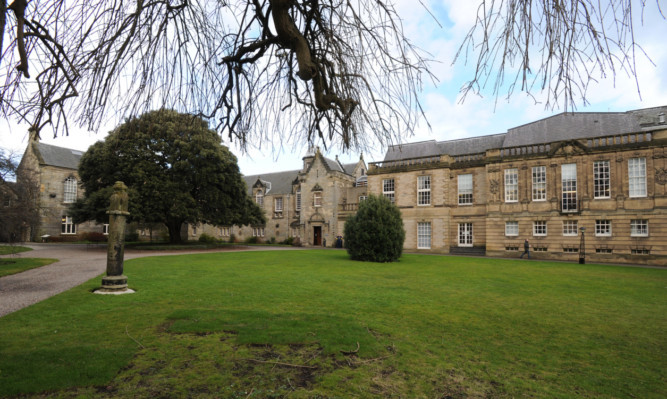An accusation that St Andrews University’s principal is “out of touch” after controversially claiming that £9,000 was “very little” for a St Andrews education has been thrown back at Scotland’s student leader.
Professor Louise Richardson said in an interview a St Andrews education was worth a great deal more than the £9,000 annual fee for students from elsewhere in the UK.
National Union of Students (NUS) Scotland president Robin Parker said regarding £9,000 as a “bargain” showed just how out touch some principals were.
However, a St Andrews University spokesman has hit back, stating it costs more than £11,000 to teach a student for a year.
It was wrong, he said, to “wilfully misinterpret” Mrs Richardson’s remarks as stating that £9,000 was cheap or affordable.
He said: “Her remarks are clearly concerned with the value of an education, and what it costs to provide, and how important it is that we do not ‘marketise’ Scottish education to treat students differently because they pay fees.
“It does Scotland a great disservice that the NUS rushes to simplify, misinterpret and criticise, rather than engaging in mature debate on what it actually costs to provide an education, who pays and how we can protect what happens in the classroom and the lab from the corrosive effects of marketisation.”
Mr Parker replied that the university was right to want to avoid the corrosive effects of marketisation.
He said: “Indeed, it’s refreshing to hear it put so candidly.
“We know from the evidence from England the disastrous impact a market in education has on the system and the dangers it poses to students and universities.
“But the answer to that risk of a market is not a rush to the top, introducing fees for everyone, or simply talking about higher education in economic terms.
“We need to recognise it for the social value it provides, not least at a time when universities are receiving record levels of funding, closing any funding gap with England.
“The idea that £9,000 fees each year is ‘very little’ for students to pay for their education, whether for St Andrews or elsewhere, risks sounding incredibly out of touch, particularly in these tough times.”
